The composition of a selected new venture’s industry/sector and its procurement systems
Course Purpose Recognising and analysing the value chain within a chosen industry or sector, identifying the business principles and processes in the environment of the selected sector or industry, and demonstrating an understanding of various procurement systems applicable to that …
Overview
Course Purpose
Recognising and analysing the value chain within a chosen industry or sector, identifying the business principles and processes in the environment of the selected sector or industry, and demonstrating an understanding of various procurement systems applicable to that specific sector or industry are crucial aspects of strategic analysis and planning in business.
What you’ll learn
Learners working towards this standard will be learning towards the full qualification or working within an SMME (Small, Medium, Micro Enterprise) environment, specialising in New Venture Ownership and Management, where acquiring competence against this standard will add value to one’s job. This standard will also add value to entrepreneurs seeking to develop their entrepreneurial skills to become more marketable for bigger contracts, including commercial and public sector contracts, for example, the Department of Public Works programmes. Learners competent in this unit standard can identify the structures within a selected industry or sector, the business principles and processes. The qualifying learner is capable of identifying and analysing the value chain within a selected industry or sector, identifying the business principles and processes within a selected sector or industry’s environment and demonstrating an understanding of different procurement systems that may apply in specific sector/industry.
 Duration: 1 Day
Duration: 1 Day
Curriculum
Curriculum
- 3 Sections
- 12 Lessons
- 3 Days
- Unit 1: Identify and analyse the value chain within a selected industry or sectorASSESSMENT CRITERIA5
- 1.1Value chains are understood and explained within the context of own sector/industry
- 1.2The chains of command within the supply chain are identified and explained in relation to own business: Chains of command include but are not limited to the range of influence that the various role-players have on new venture in respect of product/service delivery and the ability to sell the product/service to decision-makers, including the chain of command of the client, project manager, specialist etc.
- 1.3Sales pitches to clients are prepared and positioned according to the identified chains of command
- 1.4Communication channels within industry/sector role-players are identified, explained and utilised appropriately to ensure effective sales results
- 1.5The role of the chosen industry/sector in the National Economy and the effect of productivity on that role is identified so that sales pitches are effective
- Unit 2: Identify the business principles and processes within a selected sector or industry environmentASSESSMENT CRITERIA4
- 1.1Methods of obtaining business are identified for own business context
- 1.2The areas of venture funding are understood and explained with examples
- 1.3All role-players in the success of the selected venture are identified in order to ensure that sales and negotiations are planned effectively
- 1.4Where necessary, joint ventures or sub-contractor relations are established to deliver on larger projects
- Unit 3: Demonstrate an understanding of different procurement systems that may apply in specific sector/industryASSESSMENT CRITERIA3
- 1.1Methods for identifying procurement and logistical needs are described with examples
- 1.2An understanding of typical procurement documents that apply to industry is demonstrated and completed with examples (typical procurement documents include but are not limited to order forms, quotations, letters and contracts)
- 1.3Typical methods of recording and controlling delivery and usage of materials are described according to own business context (typical procurement control methods include but are not limited to expediting, receiving, returns, stock control, stock control systems)
Requirements
- Grade 9
- NQF Level 1






